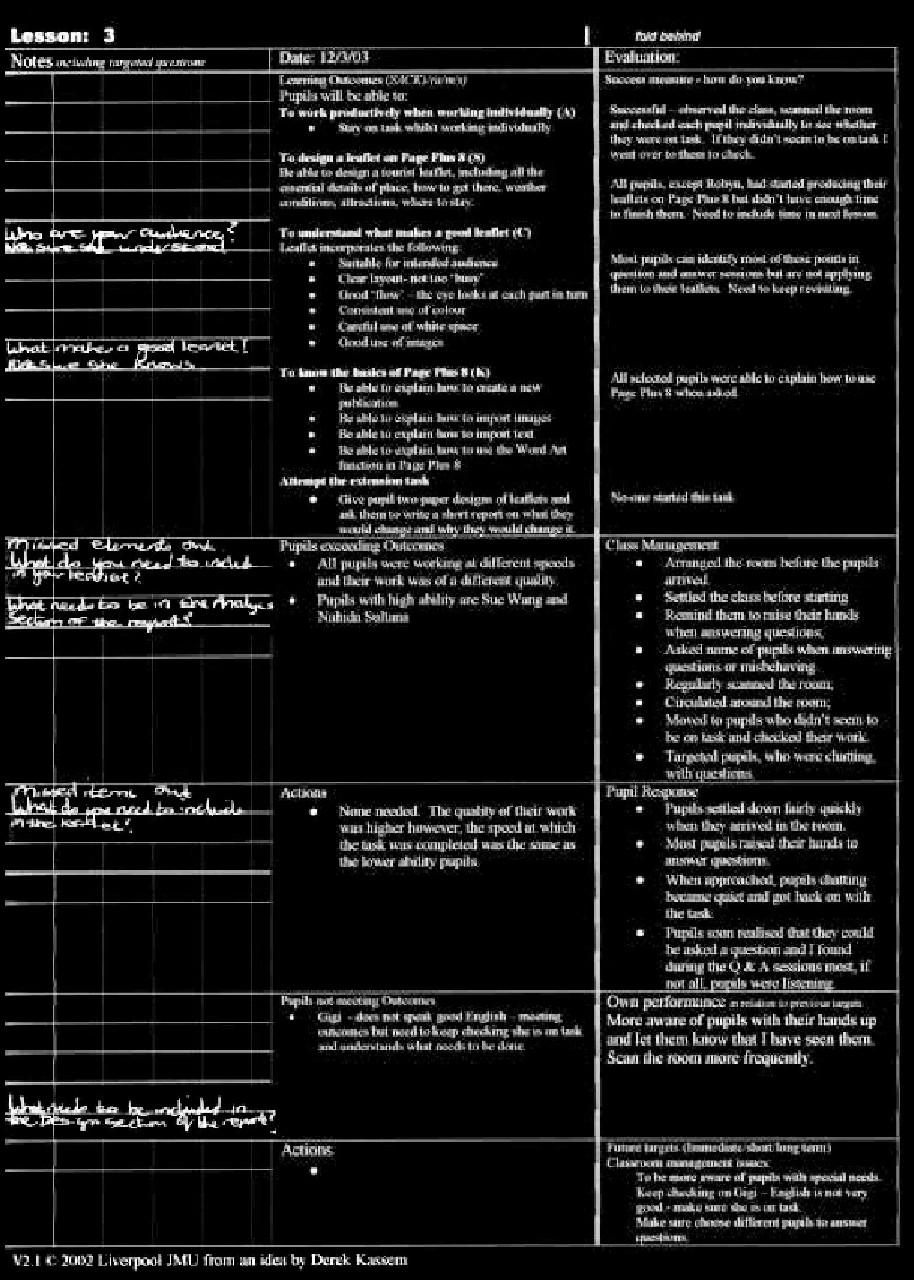Information Technology Reference
In-Depth Information
Neighborhood Safety-
Stranger Awareness
Not all strangers are dangerous. Not all
known adults are safe.
There are three types of
abductions-
children were
abducted-78 percent by family
members and 22 percent by nonfamily
members (Office of Juvenile justice and
Delinquency Prevention,
children were
abducted-78 percent by family
members and 22 percent by nonfamily
members (Office of Juvenile justice and
Delinquency Prevention,
by
role playing different situations. Walk
through the neighborhood with young
people identifying safe places. Take them
seriously if they ever report fee ling
scared or uncomfortable.
by
role playing different situations. Walk
through the neighborhood with young
people identifying safe places. Take them
seriously if they ever report fee ling
scared or uncomfortable.
family, acquaintance, and
stranger.
and better than
other products.
Viewing violent media can cause
increased aggressive behavior,
increased fear of victimization,
desensitization, and increased desire
for more violence.
Advertising techniques parallel the
reasons why young people use
alcohol and drugs.
In
children were
abducted-78 percent by family
members and 22 percent by nonfamily
members (Office of Juvenile justice and
Delinquency Prevention,
Neighborhood Safety-
Stranger Awareness
Not all strangers are dangerous. Not all
known adults are safe.
There are three types of
abductions-
family, acquaintance, and
stranger.
and better than
other products.
Viewing violent media can cause
increased aggressive behavior,
increased fear of victimization,
desensitization, and increased desire
for more violence.
Advertising techniques parallel the
reasons why young people use
alcohol and drugs.
Distinguish between fantasy and
reality; understand the real
consequences of violence that may
not be shown in the media.
Identify types of media violence and
how they feel when they see it.
Distinguish between needs and
wants.
Identify advertising techniques.
Determine whether a product can do
everything the advertisement claims.
In
children were
abducted-78 percent by family
members and 22 percent by nonfamily
members (Office of Juvenile justice and
Delinquency Prevention,
children were
abducted-78 percent by family
members and 22 percent by nonfamily
members (Office of Juvenile justice and
Delinquency Prevention,
children were
abducted-78 percent by family
members and 22 percent by nonfamily
members (Office of Juvenile justice and
Delinquency Prevention,
children were
abducted-78 percent by family
members and 22 percent by nonfamily
members (Office of Juvenile justice and
Delinquency Prevention,
children were
abducted-78 percent by family
members and 22 percent by nonfamily
members (Office of Juvenile justice and
Delinquency Prevention,
children were
abducted-78 percent by family
members and 22 percent by nonfamily
members (Office of Juvenile justice and
Delinquency Prevention,
Distinguish between fantasy and
reality; understand the real
consequences of violence that may
not be shown in the media.
Identify types of media violence and
how they feel when they see it.
Distinguish between needs and
wants.
Identify advertising techniques.
Determine whether a product can do
everything the advertisement claims.
Monitor or limit the media that
young people can use.
Watc h television or movies wi th them
and discuss any violence shown.
Contact networks to advocate for
nonviolent shows.
Talk about advertisements for alcohol
or cigarettes when you see them.
Help children learn to refuse
dangerous behaviors and activities.
children were
abducted-78 percent by family
members and 22 percent by nonfamily
members (Office of Juvenile justice and
Delinquency Prevention,
children were
abducted-78 percent by family
members and 22 percent by nonfamily
members (Office of Juvenile justice and
Delinquency Prevention,
Monitor or limit the media that
young people can use.
Watc h television or movies wi th them
and discuss any violence shown.
Contact networks to advocate for
nonviolent shows.
Talk about advertisements for alcohol
or cigarettes when you see them.
Help children learn to refuse
dangerous behaviors and activities.
by
role playing different situations. Walk
through the neighborhood with young
people identifying safe places. Take them
seriously if they ever report fee ling
scared or uncomfortable.
by
role playing different situations. Walk
through the neighborhood with young
people identifying safe places. Take them
seriously if they ever report fee ling
scared or uncomfortable.
by
role playing different situations. Walk
through the neighborhood with young
people identifying safe places. Take them
seriously if they ever report fee ling
scared or uncomfortable.
Figure 4.4 (b)
Another example of a detailed record book format

Search WWH ::

Custom Search